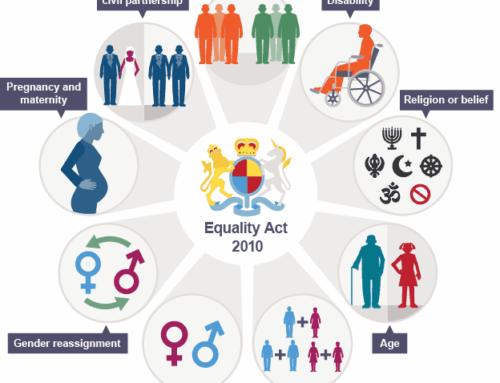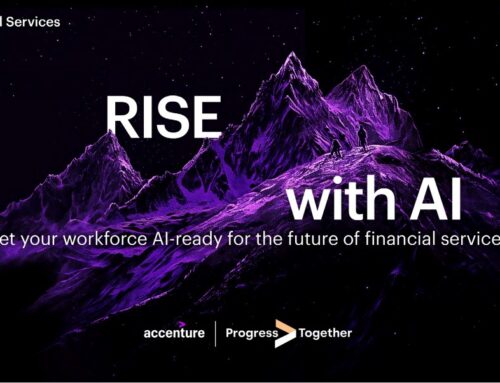By Andy Boucher, Vice Chair and Honorary Secretary, Making the Leap
The benefits of having a workforce that better reflects the socio-economic profile of the country is well documented and backed by extensive research.
So what is the case for socio-economic diversity? What are the consequences of imbalance of focus between diversity and inclusion? Most importantly, how do you effect change to get the balance right?
The case for socio-economic diversity
Looking at the diversity issue, the primary way businesses address this is through its recruitment practices. As well was access to a wider pool of talent and brand benefits, the social mobility commission report on “why focus on socio-economic background” notes:
“Employees from a lower socio-economic background perform at least as well as their more advantaged colleagues, and often outperform them. In professional service firms, for example, trainees from lower socio-economic backgrounds are more likely to achieve the highest performance.”
The 2023 McKinsey Paper looked at the broad economic case for embracing socio-economic diversity and makes the observation that “the more efficient an economy is at matching job positions to those with the greatest potential to perform them well, the higher the economic output per person.” The report goes on to note that even a modest increase in social mobility engagement could produce a 9% increase in GDP. It concludes that the highest performing companies are those that are best engaging with a broad talent pool.
The importance of getting the balance right between diversity and inclusion
The story does not end with recruitment and it is critical to consider whether the business is inclusive.
The key hallmark of an inclusive culture is balanced socio-economic representation at all leadership levels. However, inclusivity is a more challenging issue, as it goes to the heart of a business’ culture. Nevertheless, there are organisations that have put themselves under the microscope, and in 2022 KPMG published an analysis based on a five-year survey of its workforce. It concluded that although socio-economic representation was good at entry level, progression to mid-levels was slower (especially where there is an intersectionality of characteristics) and socio-economic representation declined.
By contrast, progression to the most senior levels (director to partner) tended to be accelerated for those from a socio-economic disadvantaged background. I suspect this profile will be typical for many businesses, and one of the key findings of Making the Leap’s 2023 Report on the SoMo’s employer participants was that only around 35% of them were taking action over progression and retention, which tends to support this conclusion.
Looking at poor retention and progression, the questions are “why is this happening” and “how important is it to tackle the issue”?
Addressing the issue of why this happening is complex, and rather than giving a comprehensive answer I will pick up on some of my own lived experience.
For me it was the underlying feeling that people like me don’t belong in organisations like this, as I could not see people around me or in leadership that looked or sounded like me. To cope with this, I adopted social camouflage and worked very hard to prove myself. As a result I became very technically proficient, but was not confident in my ability to lead. In short, it was an issue of self belief – “why would anyone trust me to lead?”. Despite quick early promotions, as I approached middle management, it undoubtedly impacted my progression. It was not until I developed the confidence in my broader abilities that my progression started to accelerate again. For many though, it is such an uncomfortable (and unsupported) experience, it results in disillusionment and ultimately leaving the organisation.
Why is it important to tackle the issue? The simple answer is that allowing individuals to fulfil their potential means that the business can be as productive as possible. Put differently, the challenges of not addressing the issue can be unpacked into a number of elements:
- Poor retention, due to a perception that there are no meaningful progression pathways, impedes the effectiveness of business;
- If the culture of the organisation gives rise to a sense that you can’t be yourself, you will very likely be less productive and effective;
- Diverse world views and lived experience in leadership teams make for more robust decision making; and
- The brand and reputation of the business as an employer can be harmed, potentially making it harder to attract (diverse) talent.
Effecting change
Effecting change is the hardest part to deal with as it means modifying organisational culture. Culture change takes time, and space needs to be made to allow the culture to change (especially when bringing people on the journey of “why change” and embedding different behaviours).
No doubt different businesses are at different stages in their evolutionary journey but thinking strategically is key (see for example the Social Mobility Commission’s Paper).
Taking in a maturity model approach to making culture change means that the first step is to collect data on where you currently are as a business. Then it’s a question of deciding what the ambitions are. There are pros and cons about setting targets, but used appropriately they can be helpful in bringing about change. There are examples of businesses such as Slaugter & May setting targets as part of the culture charge armoury.
Understanding the issues that may impact someone’s progression journey is also critical as it informs what areas require action. This is where working with external experts is often helpful, especially when exploring the question of what are the helpful actions.
Finally, how do you know if you are getting it right? Apart from a more aligned socio-economic profile in leadership teams, other indicators include:
- Better retention
- Better staff satisfaction
- Increased customer and client satisfaction
- Higher profitability
- Improved brand and reputation health
To sum up, getting the balance between recruitment, retention and progression is critical, but getting it right has huge business benefits.
Andy recommends:
Why focus on socio-economic background? – The Social Mobility Commission
Fixing the ladder: How UK businesses benefit from better social mobility – McKinsey & Company
Social class is the biggest barrier to career progression – KPMG
Advancing Social Mobility report 2023 – UK Social Mobility Awards
The importance of a strategic approach – The Social Mobility Commission




